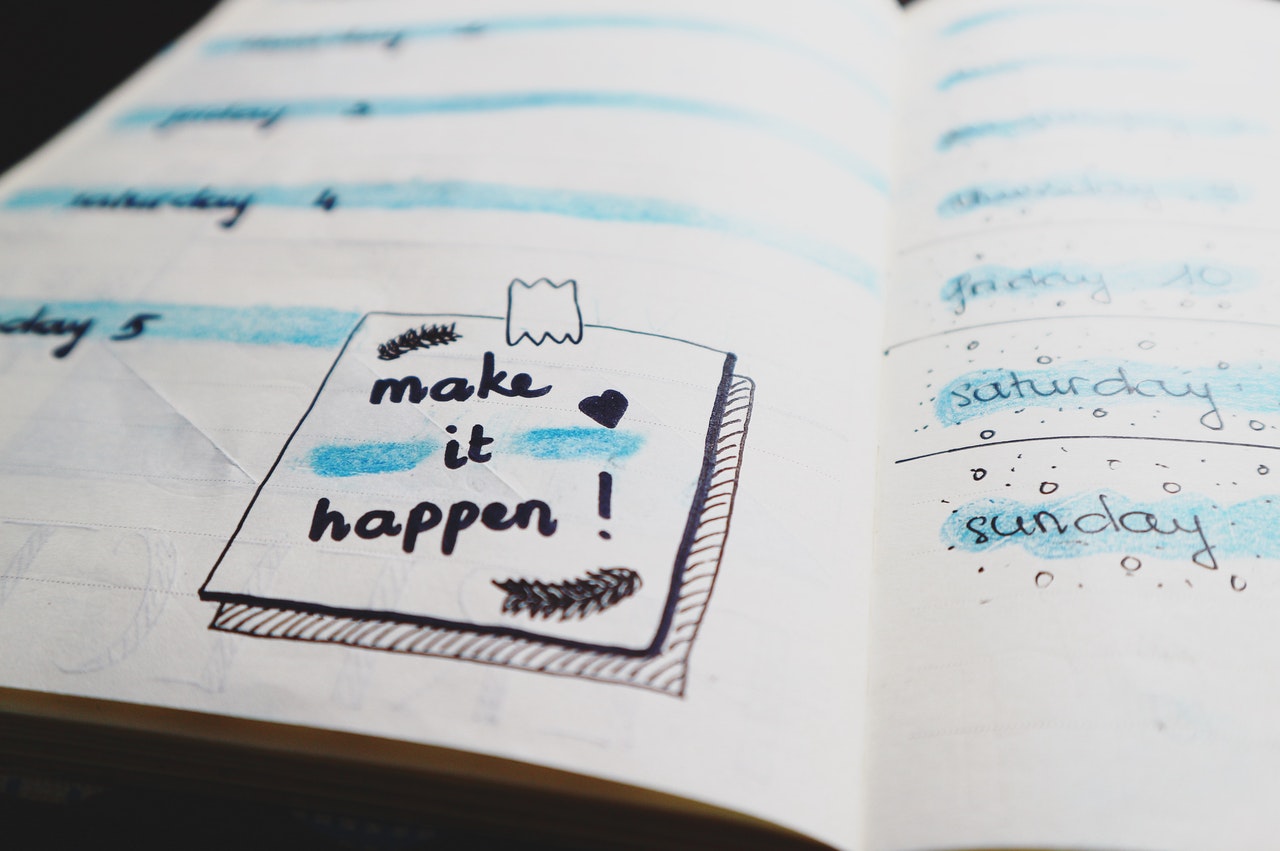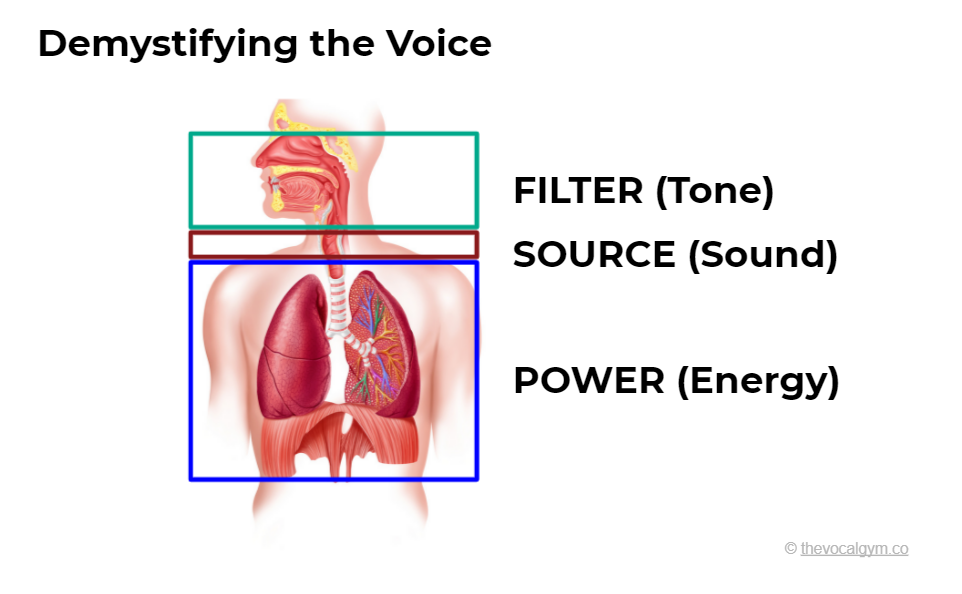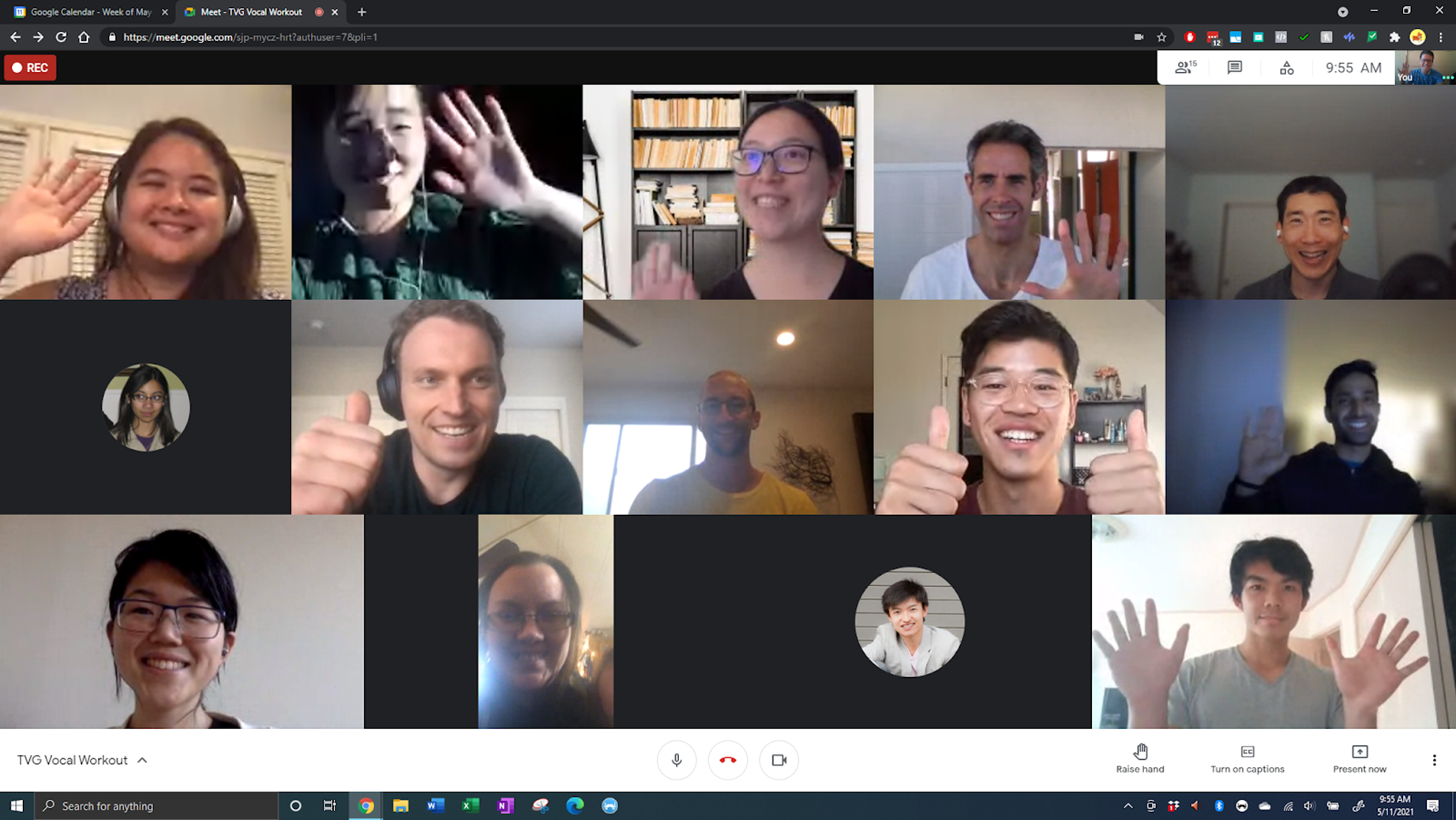How to design a Singing Experience that works best for you.
So you’re looking to take your singing journey to the next level.
Maybe you feel anxious to sing with your friends in the car. Perhaps you’re worried that you’re damaging your voice because karaoke nights leave your voice hoarse. Maybe you want to sing today’s pop songs in their original key without struggling to hit the high notes. Or perhaps learning to sing was always something on your bucket list, and now is the right time.
But…

Private lessons are too expensive. YouTube is too overwhelming. Practice is a chore. Singing in front of others is scary. You don’t have the time.
Let’s take a breath. Yes, there are many options out there, and it can be overwhelming. But the key to cutting through the noise knows yourself and finding options that work for you.
Knowing how you like to learn, what motivates you, and what support you need from people and your environment will all help you to design a singing experience that will not only be fun, but will also motivate you to stay consistent and grow.

The 4 key pillars, and how to build them
From years of directing and teaching and a lifetime of singing, I believe that a great approach to learning how to sing includes 4 key pillars: Consistency, Knowledge, Direction, and Support. Here is a little more about why each is important:
Consistency, to build new muscle memory
- Singing often, first and foremost. You need time to build strength and muscle memory, and experience is the best way to get to know your voice.
- This doesn’t mean that you need to carve out 30 minutes a day to sing scales (although that wouldn’t hurt). Singing regularly (ideally daily) in the shower or car, at a place of worship, or in a choir or group lesson goes a long way.
- As a beginner, it’s important to sing thoughtfully or under guidance a few times a week to rewire your muscle memory.

Knowledge: Understanding of how your voice works
- When you can visualize the structures and muscles that make up your voice, you can translate mysterious sensations into actionable insights, allowing you to troubleshoot your own voice.
- You can learn about anatomy and voice science from YouTube videos and other free resources, books, from a coach, or in a structured program.
- The important thing here is to make sure that you trust your information sources, and are able to spot patterns and distill the truth.

Direction: Finding techniques that work for you
- No single approach works for everyone – every singer is different, and the sensations of healthy singing feel different to each of us.
- Experiment with your voice to find comfortable and efficient ways to sing in different styles. This comes in part with singing often, but a coach or some other feedback mechanism, such as listening back to recordings, can help point you in the right direction.
- In general, you are looking for techniques that make your voice sound the way you want with the least effort or strain. Listen to your body – if it is uncomfortable or it hurts, don’t keep pushing – try something different.

Support: A supportive and nurturing environment
- Singing is intimate, vulnerable – it can be scary! Having the structure and right atmosphere with supportive people in your corner goes a long way in unlocking your potential.
- Singing with others will also motivate you to be consistent. It’s not about “practice,” it’s about belonging and spending time with people you like.
- You can find support in learning with fellow students, finding a jam buddy, in an ensemble such as a choir or an a cappella group, or with a voice coach.

Each person needs something different for each pillar, so everyone should think about developing their own approach.
Here are a few questions to ask yourself in designing your singing experience:
Consistency (📅):
- How do you enjoy singing most? With others, or on your own? In a specific space (e.g., in your car), at one particular time (putting kids to bed), or while doing a daily chore (cooking dinner)?
- What can you change in my environment or schedule to make this easy?
- What motivates you? How do you like to be held accountable?
Knowledge (📚):
- How do you learn best?
- Do you need a structured program to cut through the noise, or do you thrive in ambiguity?
- Where can you find singing knowledge in the media or platforms that you’re already on?
Direction (🧭):
- What is your level of body awareness? How confident are you in assessing yourself?
- What do you need to take the risk? What kind of encouragement or environment do you need to step outside your comfort zone?
- Do you want expert guidance, or do you prefer exploring at your own pace?
Support (🎉):
- How much would having the right environment and community help your consistency and enjoyment of singing?
- What kinds of people do you want to surround yourself with on your singing journey?
- What kind of structure would you most benefit from?
And a few more:
- What will learn to sing do for you?
- How much, if at all, are you willing to spend on your singing journey?
Creating a Singing Experience for Growth
To design a singing experience that works well for you, you need to assemble activities that create the Consistency, Knowledge, Direction and Support you need in ways that would most serve you.
To get your creative juices flowing, we’ve curated a few options so that you can mix and match to design an experience that works for you.
Here are some that are commonplace:
📅 Consistency
📚 Knowledge
🧭 Direction
🎉 Support
- Private singing lessons (📅📚🧭🎉) ($$) – working with a voice coach 1:1 weekly can be enlightening and motivating—perhaps the most impactful, but also the most expensive.
- Free online resources (📚): the most accessible, but it’s up to you to find the truth in the noise and to put things into practice—YouTube channels, podcasts, influencers, mailing lists, or articles.
- Joining an ensemble (📅🎉), such as a choir or a cappella group, can be a fun and engaging way to sharpen your skills. Although the technique is probably not the main focus here, some conductors will throw in a tip or two along the way, and you may be able to rely on fellow singers for feedback.
And here are some others that you maybe haven’t considered:
- Group singing lesson programs ($) (📅📚🧭🎉) – these offer the Consistency and Knowledge of private lessons, plus the Support of instructors and your cohort of fellow learners. Our program, The Vocal Gym, includes video submissions as a way to receive feedback, rounding out the 4 pillars at a fraction of the price of private lessons.
- Video-based courses (📚) ($), such as DVDs and structured online courses, are typically more structured than free resources. If you are good at motivating yourself to stay consistent, interpreting and following instructions, and are confident in assessing your progress, this could be a good option for you.
- Starting your group (📅🎉): forming a band, a regular jam group, or even a karaoke group is a great way to spend time with friends and get a great vocal workout at the same time.
- Singing rituals in daily life (📅🧭🎉): people often underestimate the impact of singing in the shower, in the car coming home from work, or at a place of worship every week. Although a coach would give you specific advice on what Direction to move in, these are great times to experiment with your voice and build some vocal stamina.
- Listening critically to (📚) and mimicking (🧭) great singers: when combined with even a little knowledge about technique, this can be a powerful way to solidify concepts and play around with different ways of using your voice to discover what works best for you.
Putting it all together, here are a few singing experiences that hit all 4 pillars
At $300+ / month:
- Weekly 60-min 1:1 lessons (📅📚🧭🎉)
- Daily 20-min practice routine (📅🧭🎉)
- Joining a local choir (📅🎉)
At $190+ / month:
- A group lesson program (📅📚🧭🎉)
- Bi-weekly 30-min 1:1 lessons (📚🧭🎉)
- Singing and experimenting whenever you take a shower (📅🧭🎉)
At $40 / month:
- A group lesson program, especially one with feedback mechanisms (📅📚🧭🎉)
- Singing on daily commute with technique in mind (📅🧭🎉)
At no cost:
- YouTube’s videos and following a few credible influencers (📚)
- Singing whenever you take a shower, experimenting thoughtfully with new techniques (📅🧭🎉)
- Regular karaoke and sharing feedback with other thoughtful singers (📅🧭🎉)
Conclusion
Listen to your body and stay within limits, creating an excellent way to engage with singing.
Educate yourself technique, some direction in figuring out what works for you, consistency to change singing habits, and support to keep everything positive will help to accelerate your growth.

We designed The Vocal Gym to be affordable and with the 4 pillars at its core. Weekly group lessons with other engaged singers create community and make it easy to stay consistent. You get access to top coaches at a fraction of their private lesson cost and have opportunities for feedback through video submissions and other events.
But even if you’re thinking: “I don’t know if I’m doing this right,” or “I’m not sure that I sound good,” you can still feel the psychological, physical, and communal benefits of singing.
The most important thing is to get out there and unleash your voice!

Robert Lee
Founder
Robert Lee is a vocal coach, music director, and founder of The Vocal Gym. Read his bio here

Recent Comments